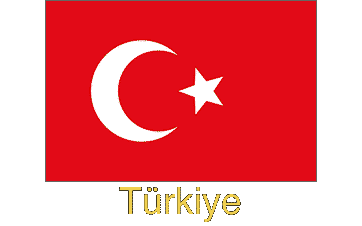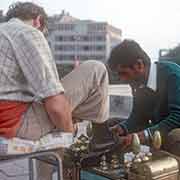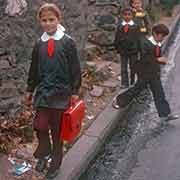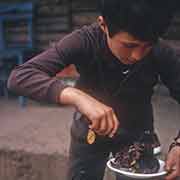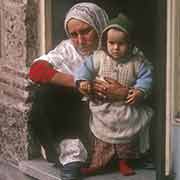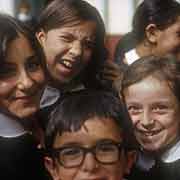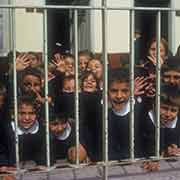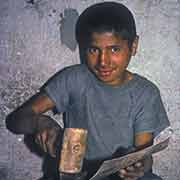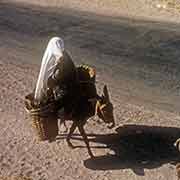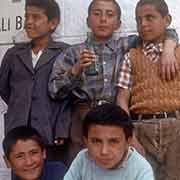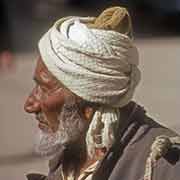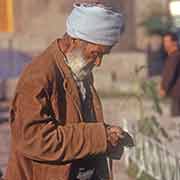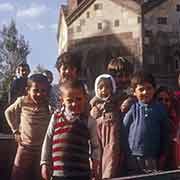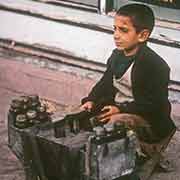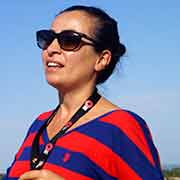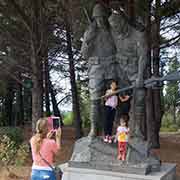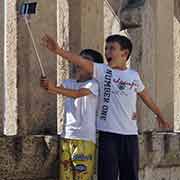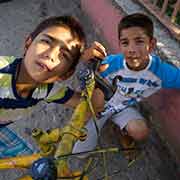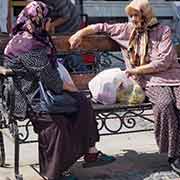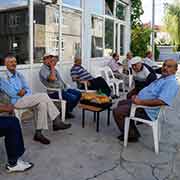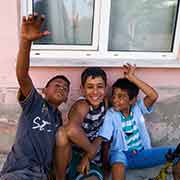Photos of the people of Turkey
The people of Turkey
The largest ethnic group in Turkey, 70-75 % of the population, is (Anatolian) Turks, speaking the Turkish language. They arrived around the 11th century from Central Asia, where many Turkish people still live today. The languages of the Turkmens, Kazakhs, Uzbeks, Kirghiz, Uyghur and many other peoples, also in many Russian regions, are closely related to the language spoken in Turkey today. These Turkish-speaking people mixed with the Indo-European peoples of Anatolia and the predominantly Greek Christian society changed into a Turkish Muslim one.
you may then send it as a postcard if you wish.
During the time of the Ottoman Empire, the term “Türk” referred only to those people who professed the Sunni Islam faith. In the 19th Century, this only meant the lower classes: the ruling class referred to themselves as Ottoman. Turkish-speaking Jews or Christians were considered non-Turks. Kurds, living in Anatolia and were Sunni Muslims, and sometimes called “Mountain Turks”, although they spoke their own Indo-European language, related to Persian.
Today the Kurds make up 15-20% of the population but are in the majority in the eastern regions, near the borders with Azerbaijan, Iran, Iraq and Syria, where Kurdish people also live. Several Kurdish principalities and independent emirates existed in the Middle Ages, but there never was a unified Kurdistan. Turkish policy against their political and cultural rights has been constant repression, with villages destroyed and thousands killed, imprisoned or “disappeared”.
Almost all of eastern Anatolia had a majority Christian Armenian population, and its cities were pure Armenian. They were systematically massacred in the dying days of the Ottoman Empire, with, in 1915, wholesale killing and expulsion of the population, the first genocide of that century, although to this day Turkey refuses to recognise it. Today Armenians may make up not more than 0.1% of the population. The same fate fell to Assyrian or Syriac Christians. There are still some Sunni Muslim peoples like Laz, Circassians and Azerbaijanis living in far eastern Turkey, near the Caucasus regions in the neighbouring states.
Before the Seljuk Turks settled in what is now Turkey, it was part of the Byzantine Empire, and the society was basic Greek Christian. There were still many Greeks living in Anatolia and East Thrace. For instance, in the city of Smyrna (now İzmir) on the west Anatolian coast, before the First World War, there lived more Greeks than there were in Athens. During and after the war they were systematically expelled from their homes, and by 1922 most Greeks in Asia Minor were either dead or had fled. In 1923 there was a population exchange with the remnant exchanged for Turks who lived in Greece. Today fewer than 100 Greeks still live in İstanbul and a few older people in Anatolia.


